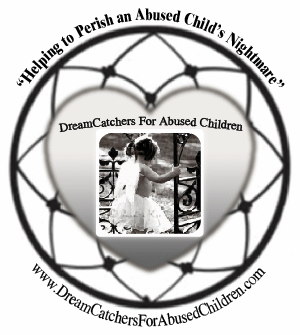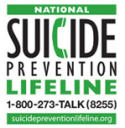MI–Child Abuse Cases Rise 92%
 MI Report: Cases of child abuse, neglect jump 92 percent in Ingham County
MI Report: Cases of child abuse, neglect jump 92 percent in Ingham County
LANSING, MI — The rate of confirmed cases of child abuse and neglect in Ingham County jumped 92 percent from 2005-2011, according to a report released Thursday. Kids Count in Michigan, an annual report compiled by the Michigan League for Public Policy, ranks child well-being in each county and in the state as a whole. READ MORE HERE
Related: Statewide trends in Kids Count report show worsening well-being for Michigan’s children








 There are ways to stop sexual abuse, as well as ways to prevent sexual abuse. If you watch certain news magazine shows (like Dateline’s To Catch a Predator), and certain day-time talk shows, you will have a warped view of the current picture of sexual abuse in this nation. Most children who are sexually abused are not attacked by strangers, or by strange men on the Internet, or the creepy guy at the park. Fathers, mothers, aunts, uncles, grandparents, community leaders, cousins, siblings, step-siblings, and church officials are more likely to be the culprits when it comes to sexual abuse. But you are not helpless to stop them.
There are ways to stop sexual abuse, as well as ways to prevent sexual abuse. If you watch certain news magazine shows (like Dateline’s To Catch a Predator), and certain day-time talk shows, you will have a warped view of the current picture of sexual abuse in this nation. Most children who are sexually abused are not attacked by strangers, or by strange men on the Internet, or the creepy guy at the park. Fathers, mothers, aunts, uncles, grandparents, community leaders, cousins, siblings, step-siblings, and church officials are more likely to be the culprits when it comes to sexual abuse. But you are not helpless to stop them.





















![Validate my RSS feed [Valid RSS]](http://dreamcatchersforabusedchildren.com/wp-content/uploads/2009/10/valid-rss.png)












